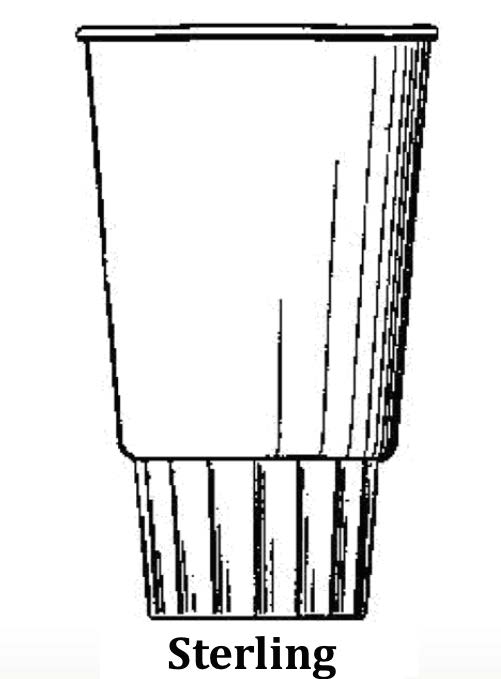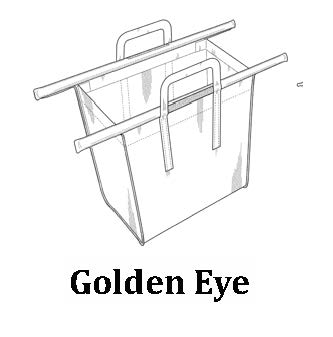Utility patents protect what things do. Design patents protect how things look. Design patents have existed for well over 100 years: “[w]homever invents any new, original, and ornamental design for an article of manufacture may obtain a patent therefor … .”
So the design patent only applies to an ‘article of manufacture;’ that is, a physical product, and only applies to an ‘ornamental design.’
But what is an ‘ornamental design,’ and who decides that a design is ‘ornamental?’ Almost every product has some function. Think of a doorknob or a couch. The doorknob serves the function of opening doors. The couch holds you off the floor. Are those products exempt from design patenting because they serve a function? Can a product be both functional AND ornamental? What about the parts of the product that serve a clearly functional purpose (the legs of the couch) other than ornamentation? As Benjamin Franklin wrote in a 1741 edition of Poor Richard’s Almanac: “Beauty, like supreme dominion is but supported by opinion.”
If Ben was contemplating design patents, the ‘opinion’ to which he referred certainly would have been that of the Federal Circuit Court. The Federal Circuit does not consider whether a product subject to a design patent is beautiful; rather, the court created a conceptual scale, with ‘ornamental’ on one end of the scale and ‘functional’ on the other end. If the design is ‘ornamental,’ then it can be protected by design patent. If the design is ‘functional,’ then it cannot be protected by design patent. There is a lot of room between the two ends of the scale.
To answer our question: what’s the design? The design is the overall appearance of the manufactured product taken as a whole, including the elements of the invention that serve a functional purpose. The Federal Circuit routinely slaps down trial courts that discount functional elements of a design in the overall appearance of the design. The court has pointed out on numerous occasions that articles of manufacture ‘necessarily serve a utilitarian purpose,’ and that as long as the design is not primarily functional, the design patent is not invalid even if certain elements have functional purposes.
In Sterling v Pescor, Sterling submitted car cup designs to Coca Cola as part of a design competition.
In response to feedback from Coca Cola, Sterling submitted and patented a replacement design. The alternative design was popular and copied by Pescor. When sued for infringement of the design patent, Pescor argued that the Sterling design was not ornamental and was instead functional, pointing to the design requirements of the Coca Cola competition. The trial court bought that argument, finding the design patent invalid. The Federal Circuit rapped the knuckles of the trial court, observing that none of the Coca Cola design requirements were part of the claim of the issued design patent. The Federal Circuit noted that the existence of alternative designs that would accomplish the same function suggested that the patented design was ornamental rather than functional. Almost as an afterthought, the court included a list of factors for the trial court to consider in determining whether a design is ‘functional’ rather than ‘ornamental:’
- the existence of alternative designs,
- whether the patented design is the best design from a functional standpoint,
- whether alternative designs would adversely affect the use of the article,
- whether the inventor also filed utility patent applications for the same product,
- whether advertising touted the design elements as functional, and
- whether there are elements of the design not clearly dictated by function.
Note that these factors, without saying so, go to demonstrate the intent of the designer. If the designer’s intent is to protect the function of the product rather than its appearance, then the design patent is invalid. The Federal Circuit has frozen the Sterling factors into doctrine in subsequent cases.
In the recent case of Golden Eye Media v EVO Lifestyle Products, the Federal Circuit applied the Sterling factors in determining that the trial court was correct and that a design patent for a ‘trolley bag’ was functional and thus invalid and unenforceable.
In short, almost all products have a function, but if other designs don’t work as well, or if other evidence indicates that the designer is trying to protect the function of the product, then the courts will declare the design ‘functional’ and invalidate a design patent.
Here’s a question not answered: What if a designer attempts to cover all designs for a product in multiple separate design patents?
— Robert Yarbrough, Esq.




